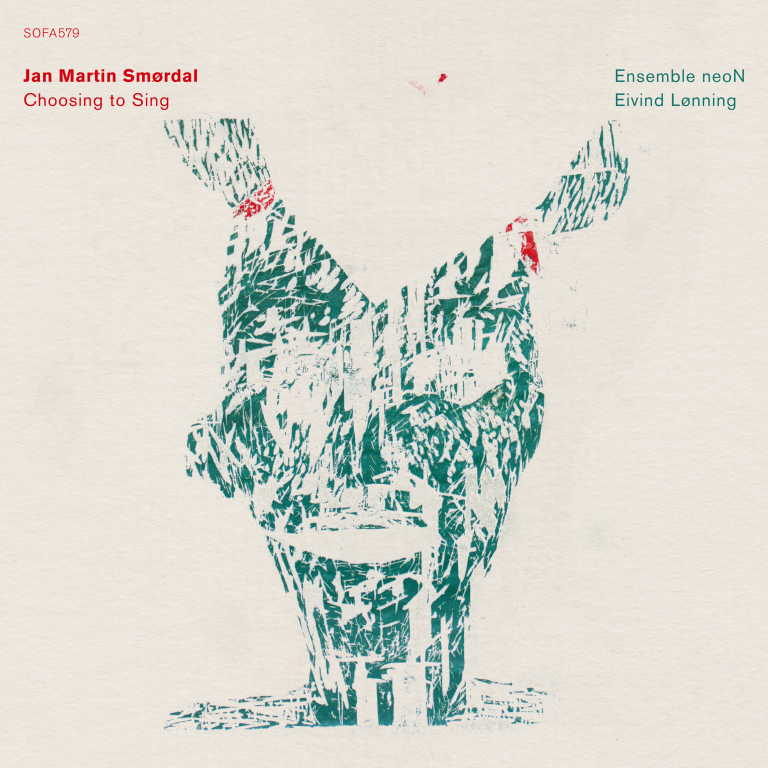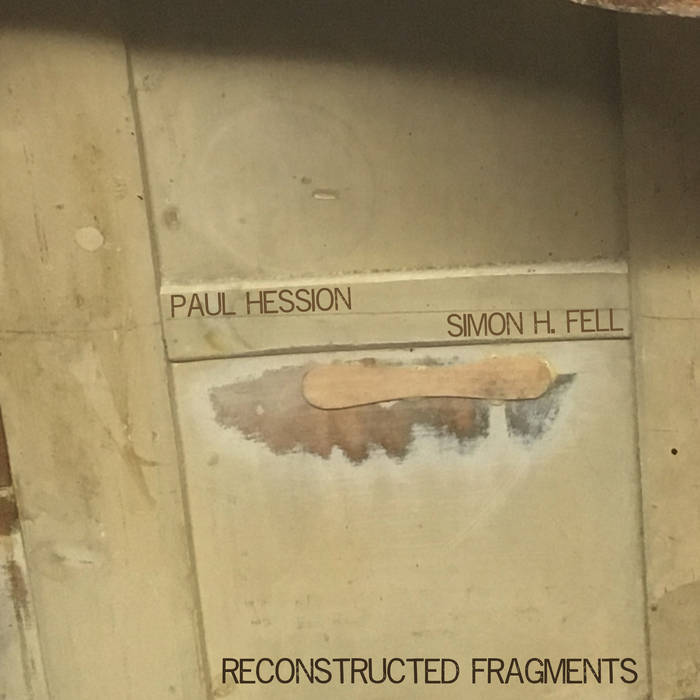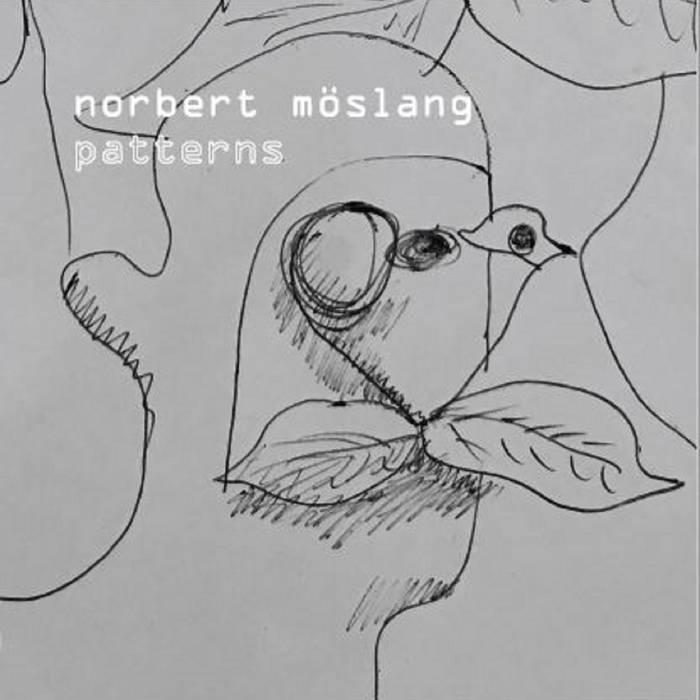
“LIGHT INDUSTRY” is another one great release on “a new wave of jazz”. An album totally based on free improvisation, avant-garde jazz and experimental music, was recorded by Dirk Serries (acoustic guitars) and Colin Webster (alto saxophone). Both musicians are open to new ideas and evocative decisions – an interesting fusion of avant-garde jazz, free improvisation and experimental music is created.
“LIGHT INDUSTRY” is based on free improvisation. The music doesn’t have any borders or strict lines – both musicians are creating a multi-layed, colorful and passionate musical background. There’s no strict restriction, which musician is creating the melody line or rhythmic section. The music is bright and exciting, fullfilled with luminous riffs, wild culminations or silent pauses. Guitarist Dirk Serries is getting on original experiments and researches of strange tunes – his compositions based on free improvisation and contrasting pieces gently joined together. From distance, silent pauses, monotonous abstract contemplations and deep silence the music is filled with gentle lightness, soft ornaments, fragility or passion. Lyrical mood, soft and gentle pieces and minimalistic pieces are leading to wild culminations, breaking riffs fused with expressive melodies, light flowing passages, strange timbres, sharp tunes, aggressive perturbations and vibrant solos. Guitar is virageous and bright, filled with dynamic turns, silent pauses, monotonous depressed tunes and sparkling vital riffs. Spontaneous solos, surprises, bright contrasts, modern expressions and universal kit of instrumental section are the main compounds of Dirk Serries music. Even though the compositions are made from huge range of playing techniques and expressions related to bebop, post bop, other modern jazz styles, contemporary academical or experimental music, avant-garde jazz and free improvisation are the main fundaments of guitar compositions. Ornamented exclusive ornamental texture, gorgeous timbres, sonoristic experiments and modern playing techniques produced by guitar gently fit together with saxophone. Colin Webster is the master of his art – his music is dynamic and thrilling. It’s switching between sparkling riffs, transcendental passages, hot thrills, full blasts of energy, radiant spills and relaxing cool pieces based on repetitive series, minimalistic samples, deep solemn contemplations and abstract researches of strange colorful timbres. The music is effective and dynamic, based on surprising decisions, spontaneous solos, sudden changes and extended playing techniques. The instrumentation is innovative and universal – a wide range of expressions, timbres, sounds and ways of improvising of all ranges is used here. A succesful collaboration of both musicians makes an inspiring, innovative and passionate sound.







:format(jpeg):mode_rgb():quality(90)/discogs-images/R-14865764-1583081903-1683.jpeg.jpg)

:format(jpeg):mode_rgb():quality(90)/discogs-images/R-14762269-1581155419-2160.jpeg.jpg)